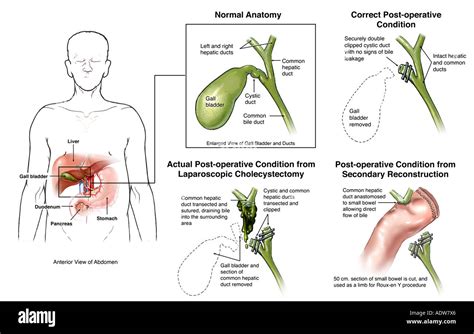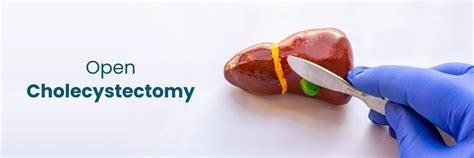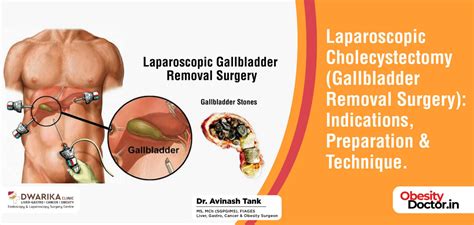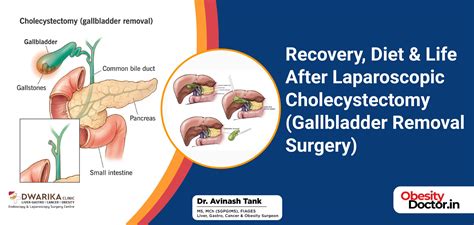Intro
Learn about Cholecystectomy Surgery, a minimally invasive procedure for gallbladder removal, using laparoscopic techniques, to treat gallstones and related disorders, with benefits of reduced recovery time and less scarring.
Cholecystectomy surgery, also known as gallbladder removal, is a common medical procedure that has been performed for decades. The gallbladder is a small, pear-shaped organ located under the liver, and its primary function is to store bile, a digestive fluid produced by the liver. However, in some cases, the gallbladder can become diseased or inflamed, leading to severe pain, nausea, and vomiting. In such situations, surgical removal of the gallbladder may be necessary to alleviate symptoms and prevent further complications.
The importance of cholecystectomy surgery cannot be overstated, as it has helped millions of people worldwide to overcome gallbladder-related problems. With advancements in medical technology and surgical techniques, the procedure has become safer, more efficient, and less invasive. As a result, patients can expect a faster recovery time, minimal scarring, and a significant reduction in post-operative pain. Moreover, the removal of the gallbladder does not significantly impact the body's ability to digest food, as the liver continues to produce bile, which is then released directly into the small intestine.
Despite its many benefits, cholecystectomy surgery is a major operation that requires careful consideration and planning. Patients who are experiencing gallbladder problems often have many questions and concerns about the procedure, including its risks, benefits, and potential complications. In this article, we will delve into the world of cholecystectomy surgery, exploring its history, types, benefits, risks, and what to expect before, during, and after the procedure. Whether you are a patient, a family member, or simply interested in learning more about this common medical procedure, this article aims to provide a comprehensive and informative guide to cholecystectomy surgery.
Introduction to Cholecystectomy Surgery

Types of Cholecystectomy Surgery
There are two main types of cholecystectomy surgery: open cholecystectomy and laparoscopic cholecystectomy. Open cholecystectomy involves a single, large incision in the abdomen, through which the surgeon removes the gallbladder. This type of surgery is typically performed in emergency situations, such as a ruptured gallbladder or severe inflammation. Laparoscopic cholecystectomy, on the other hand, involves several small incisions, through which the surgeon inserts a laparoscope (a thin, lighted tube with a camera) and surgical instruments to remove the gallbladder. This type of surgery is less invasive and is often preferred for elective procedures.Benefits of Cholecystectomy Surgery

Risks and Complications of Cholecystectomy Surgery
While cholecystectomy surgery is generally a safe procedure, there are potential risks and complications to consider. These include: * Infection: As with any surgical procedure, there is a risk of infection with cholecystectomy surgery. * Bleeding: Excessive bleeding during or after surgery can occur, although this is rare. * Injury to surrounding organs: The liver, bile ducts, and small intestine are located near the gallbladder and can be injured during surgery. * Adhesions: Scar tissue can form in the abdomen after surgery, leading to adhesions, which can cause bowel obstruction or other complications.Preparation for Cholecystectomy Surgery

What to Expect During Cholecystectomy Surgery
During cholecystectomy surgery, patients are typically given general anesthesia to ensure comfort and relaxation. The surgeon then makes several small incisions in the abdomen, through which a laparoscope and surgical instruments are inserted. The surgeon carefully dissects the gallbladder from surrounding tissues and removes it through one of the incisions. The bile duct is then closed, and the incisions are sutured or stapled closed.Recovery After Cholecystectomy Surgery

Follow-up Care After Cholecystectomy Surgery
Follow-up care after cholecystectomy surgery is crucial to ensure a smooth and successful recovery. Patients should: * Attend follow-up appointments: Patients should attend follow-up appointments with their surgeon to monitor healing and remove sutures or staples. * Take medication as directed: Patients should take medication as directed to manage pain and prevent infection. * Avoid heavy lifting: Patients should avoid heavy lifting, bending, or strenuous activities to prevent discomfort and promote healing.What is the purpose of cholecystectomy surgery?
+Cholecystectomy surgery is performed to remove the gallbladder, which can become diseased or inflamed, causing symptoms such as abdominal pain, nausea, vomiting, and fever.
What are the benefits of laparoscopic cholecystectomy?
+Laparoscopic cholecystectomy is a minimally invasive procedure that offers several benefits, including smaller incisions, less scarring, and a faster recovery time.
What are the potential risks and complications of cholecystectomy surgery?
+Potential risks and complications of cholecystectomy surgery include infection, bleeding, injury to surrounding organs, and adhesions.
In conclusion, cholecystectomy surgery is a common medical procedure that offers several benefits, including relief from symptoms, reduced risk of complications, and improved digestion. While there are potential risks and complications to consider, the procedure is generally safe and effective. By understanding the preparation, procedure, and recovery involved in cholecystectomy surgery, patients can make informed decisions about their care and take the first step towards a healthier, happier life. If you have any questions or concerns about cholecystectomy surgery, we encourage you to comment below or share this article with others who may benefit from this information.
